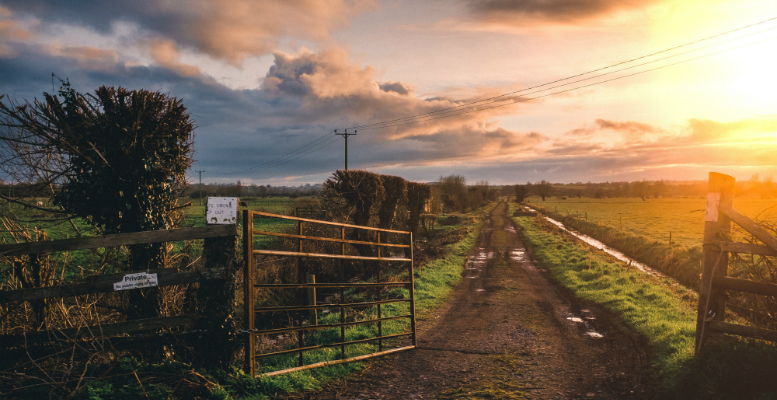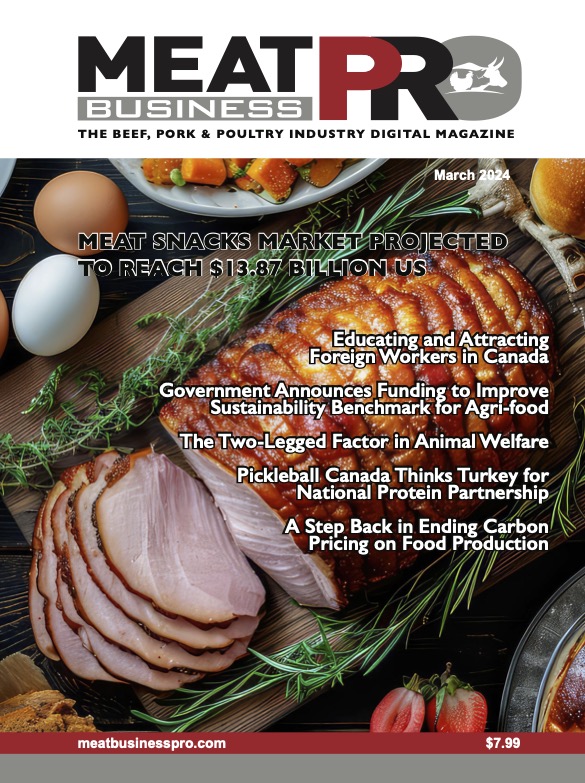Put Debt to Work On The Farm

Debt isn’t necessarily a bad word. In fact, experts say there are numerous reasons why your business may need it
by Richard Kamchen – Farm Credit Canada (FCC)
Debt is part of what’s necessary for a healthy, thriving industry, says Farm Credit Canada’s vice-president and chief agricultural economist J.P. Gervais.
“Every farm is different, based on their needs and capacity to service the debt,” says Heather Watson, Farm Management Canada’s executive director.
The age and stage of a farmer and farm are factors, as are a producer’s tolerance for risk, Watson says.
“Stress test the financial position of the farm through good, bad and ugly scenarios to validate the ability of the business to assume the increased financial obligations”
In the experience of Sharon Ardron, Manitoba Agriculture’s farm management specialist, producers use a combination of operating or trade credit for transactions such as input financing, and term debt to purchase equipment or land.
New debt
Before bringing on additional debt, farmers need to assess their financial situation, Gervais says.That involves assessing current debt versus equity in the business, as well as current ability to meet debt obligations, he says.
Then, forecast factors like future revenues, costs and possible higher interest rates, and their impact on servicing a larger debt.
“Stress test the financial position of the farm through good, bad and ugly scenarios to validate the ability of the business to assume the increased financial obligations that pursuing new debts will bring,” Ardron says.
Some farmers may want to consider insurance to mitigate the increased financial risk.
Producers should also consider whether there’s a business decision behind taking out debt – will it move the business forward?
“Does it reduce costs or increase income?” Ardron asks. “Do these benefits outweigh the costs associated with the new debt and the increased risk from further leveraging?”
Having a trusted source review a business plan can highlight options the business owner may not have noticed or point out what hasn’t been considered.
Too much debt
Farms can become overleveraged and farmers’ ability to service the debt can be compromised if too much is borrowed or if borrowing conditions aren’t compatible with the situation on the farm, Watson says.Financial institutions normally use a debt service coverage ratio to evaluate the ability of farm operations to meet their debt obligations, Gervais notes.
Challenging times can change behaviour by increasing caution about incurring new debts. For example, some farmers may opt to run current equipment for a longer term rather than replace it, Ardron says.
But even with the challenges of 2018 and 2019, Gervais says there are opportunities to invest – and take on more debt – for businesses that are in a good financial situation and looking to increase productivity.
Bottom line
Before taking on new debt, experts say producers should consider whether the new debt is a sound business decision and draw in the farm management team for advice. In the right circumstances, debt can increase productivity on a farm and move the farm business forward.
Source: AAFC











